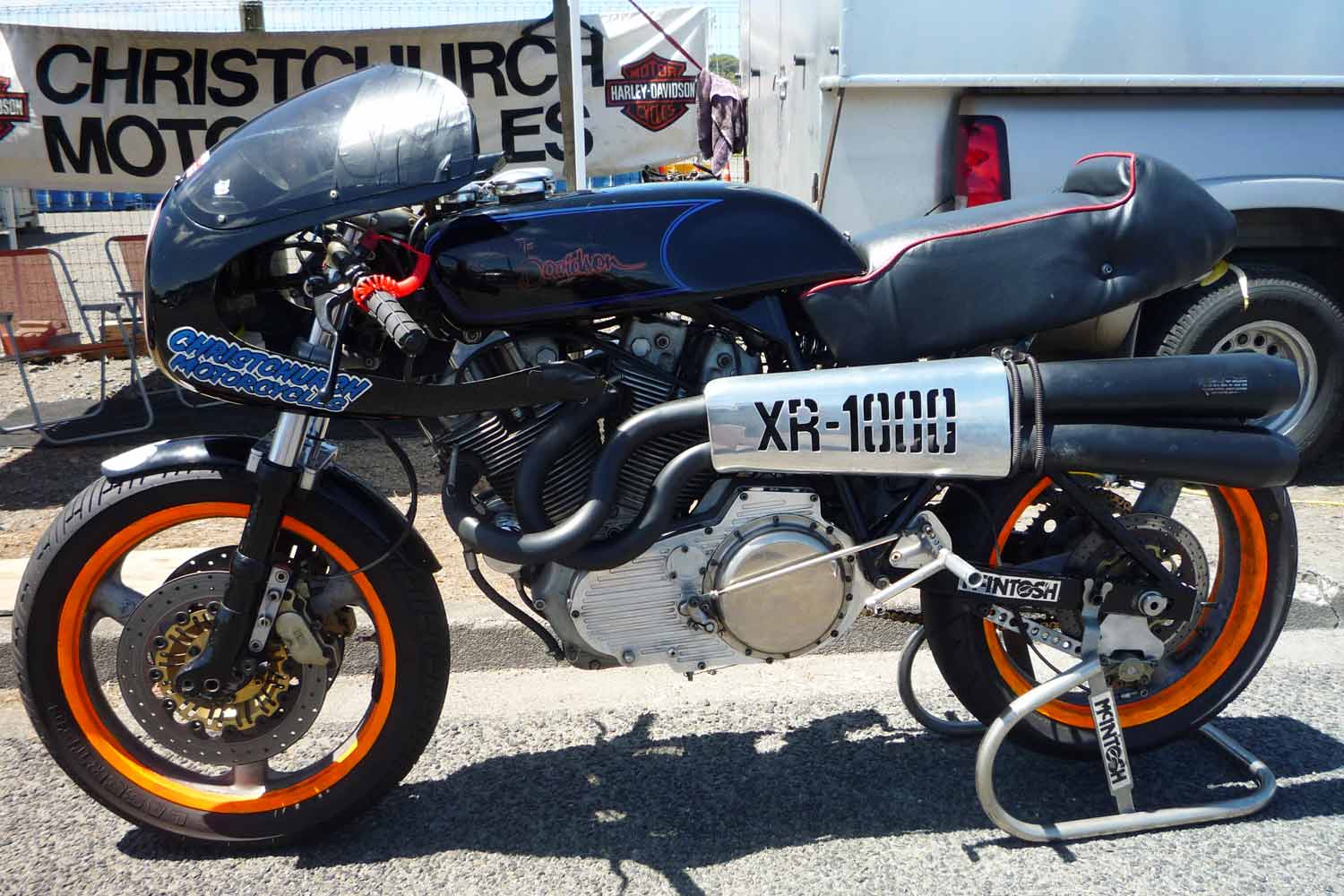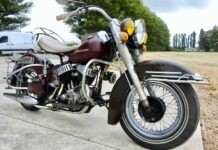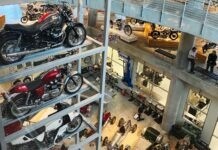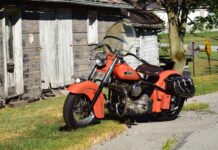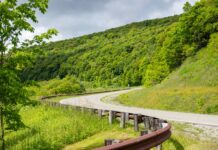Lindsay Williamson is a name synonymous with New Zealand’s motorcycle racing scene. Born in Christchurch, his passion for motorcycles ignited early, setting the course for a lifelong journey through the exhilarating world of two-wheel racing. Starting in the mid-1970s, Williamson built a reputation as a skilled and daring competitor. From Bay Park in Tauranga to the infamous street races in Sydenham, Wanganui, and Greymouth and the tight corners of Ruapuna and Manfeild, his presence was felt on the track.

One of Williamson’s most vivid memories comes not from a racing victory but from a humbling moment at the Brighton Street races in Christchurch. Racing at what he thought was a blistering pace, he was completely eclipsed by the legendary Joey Dunlop, who flew past him on a 250cc racebike as though Williamson were standing still. “It was like he was in another world,” Williamson said and chuckled, vividly recalling the moment after more than three decades.
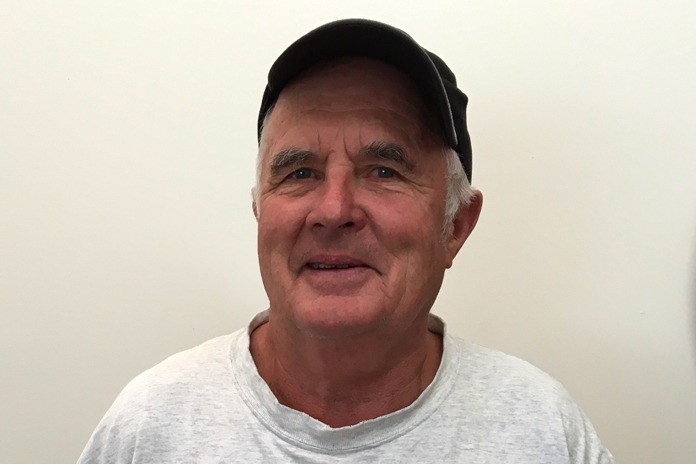
It wasn’t just about chasing trophies and lap times for Williamson. His passion for racing was deeply rooted in the camaraderie of the sport, the thrill of competition, and, he admits, good luck. “I was fortunate in that I never got hurt badly,” he said, reflecting on his career with a shrug that spoke volumes about the risks of the sport.
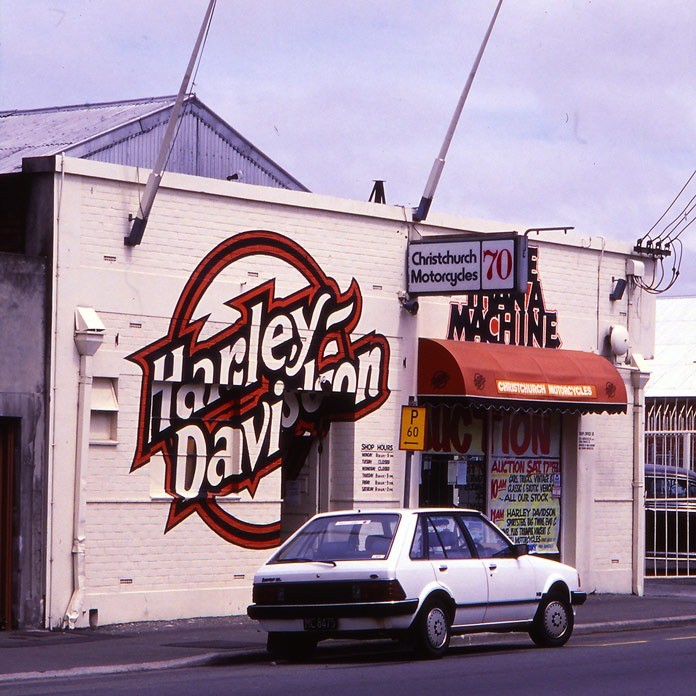
Outside of his racing endeavours, Williamson’s impact on the two-wheeled world was equally significant through his business, Christchurch Motorcycles, which became a focal point for motorcycling enthusiasts in the region. The business opened its doors during a time when a young John Britten, who would later become an icon in the motorcycle world, was still developing his interest in racing. Williamson remembers Britten’s early forays into the sport with a Ducati 900 alongside his friend Michael Brosnan. “They showed up at the Castrol Six Hours in 1980,” Williamson recalled. “John and Mike crashed their bikes all week, and by race day, they didn’t even enter. But from that point on, you could see the spark in John’s eyes – he was hooked.”
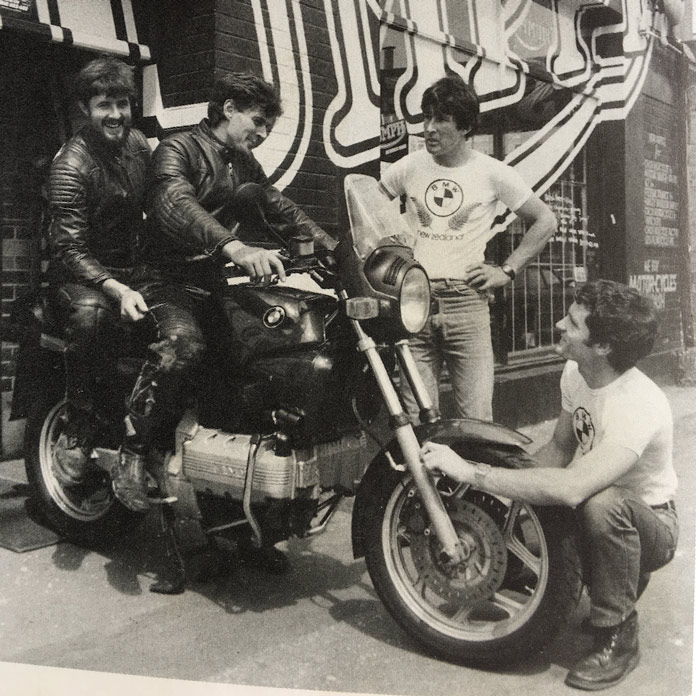
Becoming a business owner didn’t take Williamson out of the racing scene. He would go on to become one of the founding members of BEARS (British, European, American Series) in New Zealand, a series that eventually spread across the globe. “Back in the day, we were taught not to buy Japanese,” he said. “Our parents and grandparents were against it. But I’ve always loved bikes of all kinds. So we decided to form a club around racing non-Japanese bikes, and BEARS was born.”
Britten, with his mates Alan Wylie and John Hannah, frequented BEARS and classic events on vintage Triumphs, competing under the “Three Fools Racing” banner.
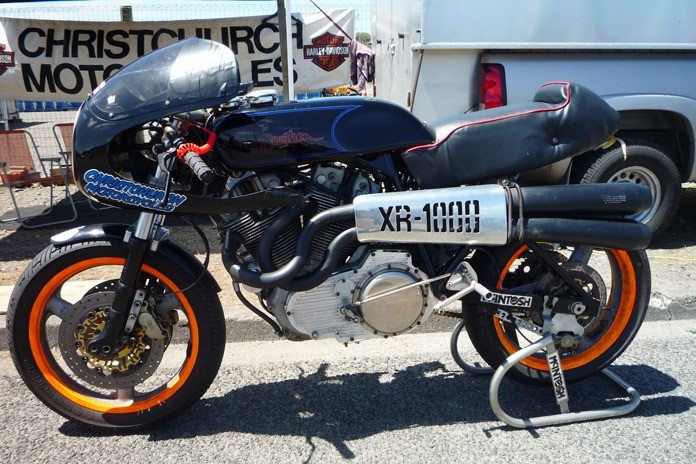
It wasn’t long before Christchurch Motorcycles began to push the boundaries of what could be done with custom-built machines. In 1982, the shop entered a BMW R100CS at the Australian Amaroo Park race with Phil Payne and John Hannah at the helm. The collaboration continued in 1985, when Williamson and Britten teamed up to race a BMW K100 at the Castrol Six Hours at New Zealand’s Manfeild circuit. “That was a good ride,” Williamson said. “It suited us well – comfortable, fast, though maybe a bit heavy. But it worked.”
Britten, always looking to push the envelope, was keen on building faster bikes. He soon found himself behind the handlebars of a Suzuki GSX-R750, sponsored by Cannon. Williamson recalled that Britten crashed the Suzuki in the rain at an Australian meet. “And that was that. It was the end of their world endurance racing efforts.”
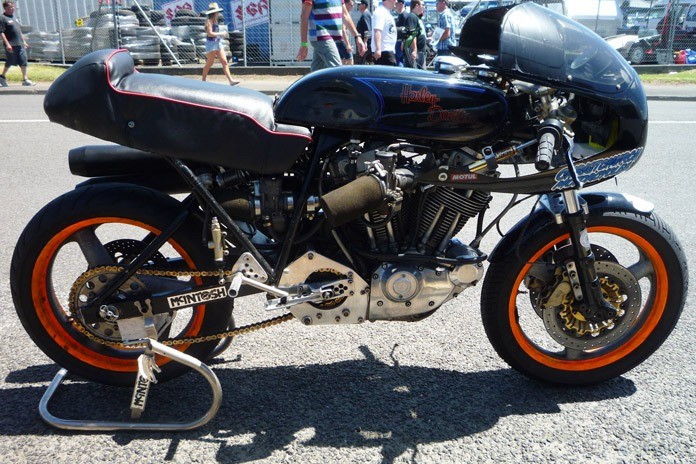
After that, Britten turned his focus to building custom motorcycles, a path that would lead to the creation of his legendary V1000, forever altering the landscape of modern motorcycle engineering. But for Williamson and his team, the road led to a different kind of machine: the Harley-Davidson XR1000.
In 1985, in addition to selling Triumphs, Christchurch Motorcycles became one of New Zealand’s first Harley dealers. With a growing passion for Harley-Davidson, Williamson and his team set out to build a racebike that could rival anything on the track. The result was the Blackadder, a custom XR1000 designed and built in the Christchurch workshop. Its construction, led by Williamson and assisted by Ken McIntosh, Greg Atkinson, and Jon White, pushed the limits of what was possible with the iconic American brand. The bike is named after a character in the British sitcom Blackadder.
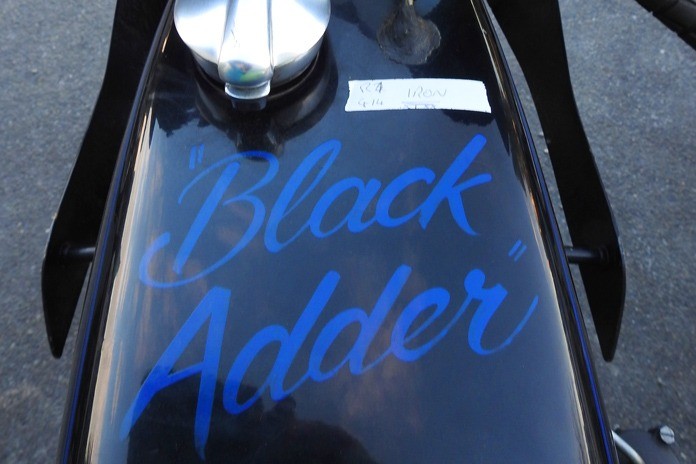
The Blackadder wasn’t just another custom bike. It was a statement. Dark, fast, and designed to turn heads, it became the team’s calling card, with the likes of Williamson, Atkinson, Robert Holden, and Rob Lewis behind the throttle competing at races throughout New Zealand. The Blackadder once clocked 145 mph on a flying mile BEARS speed trial outside Christchurch under rider Lucy Tanner.
But the journey of the Blackadder was not without its trials. In 1989, tragedy struck when Williamson’s friend collided with him at nearly 100 mph down the back straight of Ruapuna Raceway. The crash sent the Blackadder hurtling into a tree, destroying the original machine and erasing thousands of hours of meticulous workshop labor in the process.
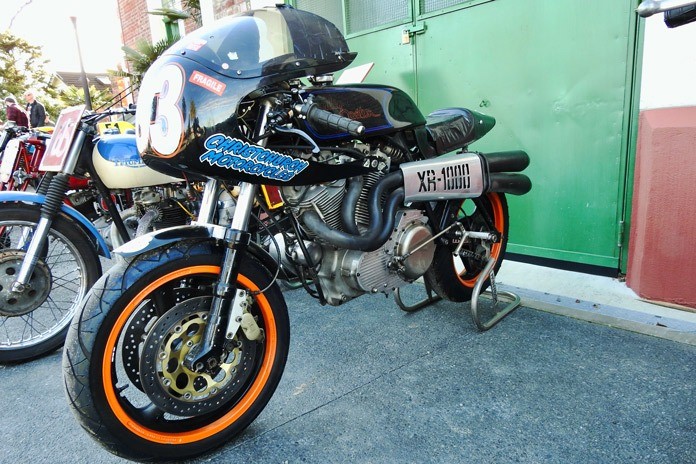
Undeterred, the team rebuilt. The Blackadder in its present form is the Mk2 iteration – a testament to the team’s resilience and ingenuity. The updated machine boasts a shortened wheelbase (from 56 inches to 54), Brembo brakes, and upgraded fork and wheels. Under the alloy tank, the bike hums with an engine that produces 98 hp at 7,200 rpm at the rear wheel, enabling a top speed of 150 mph. A Jerry Branch head, custom NZ alloy barrels, Screamin’ Eagle cams, and other engine modifications ensure the bike’s performance is just as formidable as its appearance.
The team’s meticulous eye for detail is evident throughout. “It’s based on the American dirt-track engine but mounted like a Ducati, with no downtubes,” Williamson explained. The frame, crafted by renowned Auckland maestro Ken McIntosh, perfectly complements the bike’s aggressive stance, while the exhaust system, hand-built from rolled megaphones, gives it a growl that demands attention. The fuel tap? It’s sourced from a Hughes 300 helicopter, a quirky yet fitting detail for a machine as unique as the Blackadder.
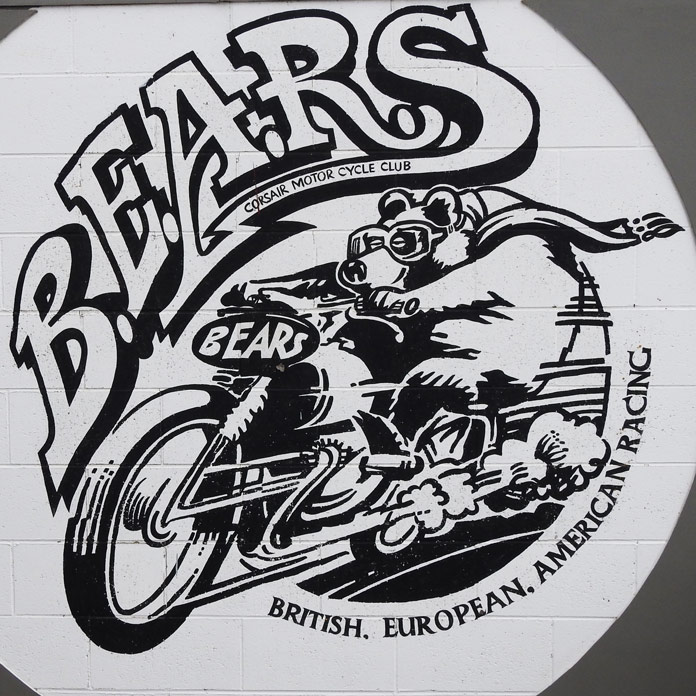
The Blackadder still sees action. Pete Buss has campaigned the bike at BEARS races, and last year Williamson raced it the APS Classic Motorcycle Racing Festival at the Manfeild circuit.
Williamson simply smiles when asked if it’s ready for more competition. “It’s good to go,” he said, the twinkle in his eye suggesting the Blackadder is more than just a bike – it’s an enduring symbol of passion, craftsmanship, and the relentless spirit of New Zealand’s motorcycle racing legacy.
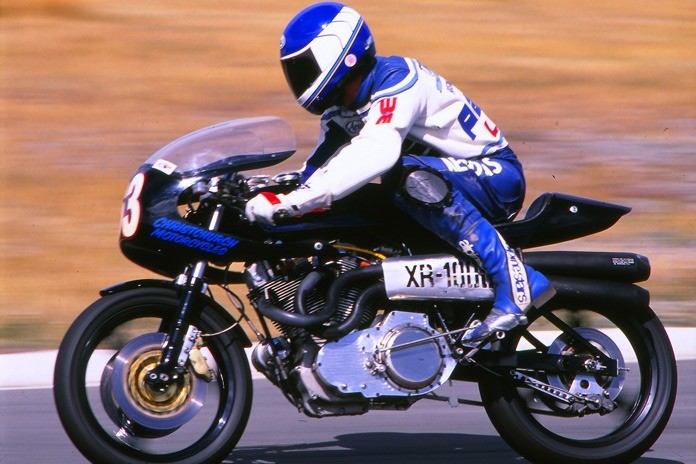
As for Britten, Williamson reflected fondly on his old friend. “He never stopped,” Williamson said. “He worked flat-out for years – building bikes, running his business, raising a family – until it all caught up with him. And sadly, we lost him in 1995.” But Britten’s legacy, like that of the Blackadder, endures, leaving an indelible mark on the world of motorcycle racing.


